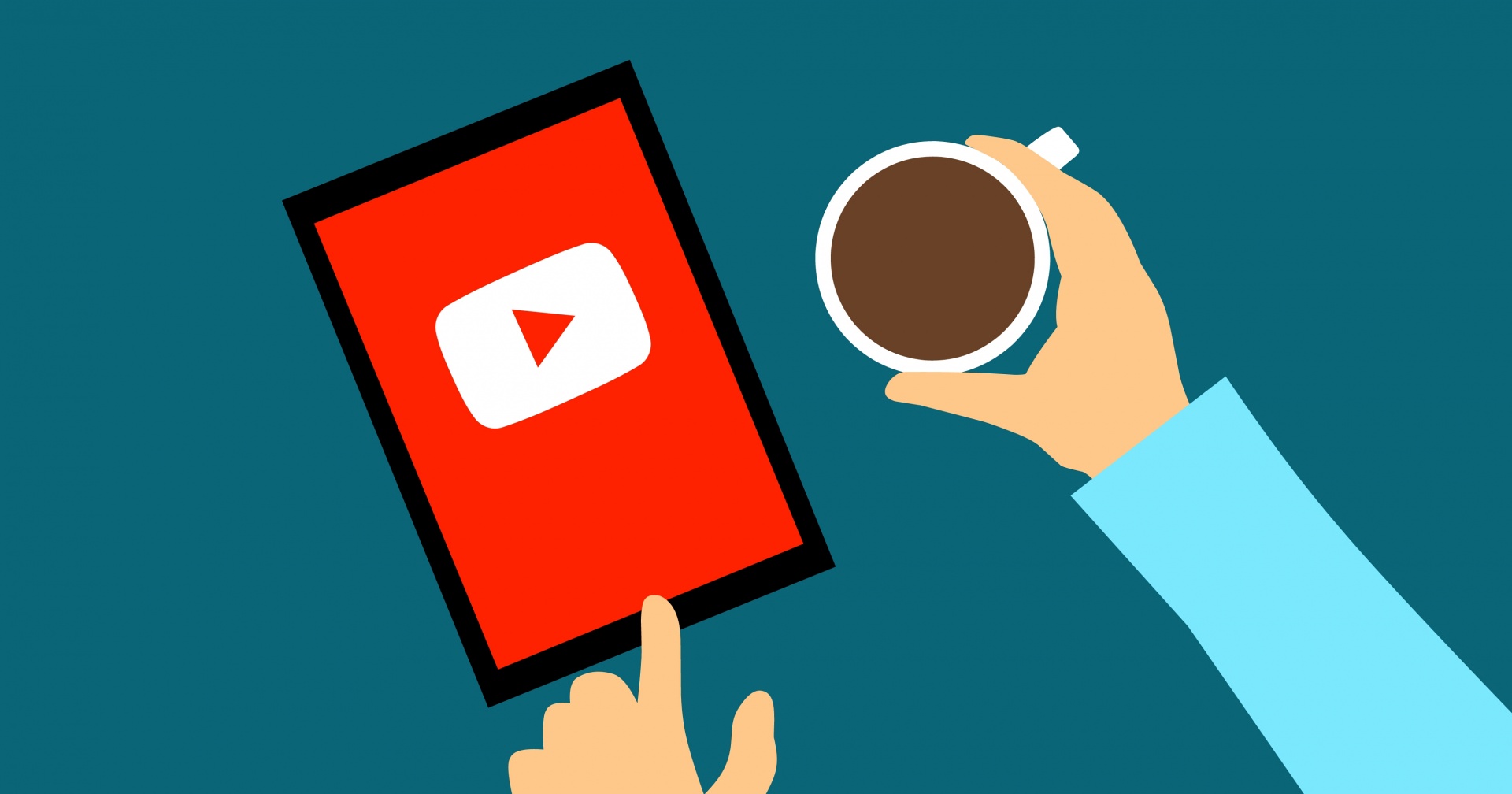On January 16th, 2018, YouTube announced new requirements for the YouTube Partner Program, which are to be enforced starting February 20th, 2018. Creators must now have 4000 watch hours in the last 12 months and 1000 subscribers in order to remain eligible to monetize content from ad revenue. These requirements are much more difficult to reach than the previous one of 10,000 total channel views, thus making a wide number of small users no longer eligible to monetize their content.
“This is part of an effort to strengthen our requirements for monetization so spammers, impersonators, and other bad actors can’t hurt our ecosystem or take advantage of creators, while continuing to reward those who make our platform great,” states YouTube.
The newly introduced rules and comments were in the aftermath of Logan Paul’s notorious suicide forest vlog, in which he showed a dead body hanging in Japan’s Aokigahara Forest, known for its high suicide rate. The video was eventually taken down, but not before reaching YouTube’s trending page. In addition to backlash aimed at Logan Paul, there was backlash directed at YouTube for allowing such an offensive video to work its way up the site’s trending section.
YouTube’s response to the scandal has been to reduce the number of eligible users for monetization. This move will allow the site’s moderators to spend more time looking at the material that is reaching a large audience and being advertised on. While this solution may position the site to more successfully prevent another controversy, the changes hurt smaller YouTubers trying to gain traction.
A decade ago, YouTube was a place where content creators could grab a camera, record themselves, and share their work. Jacksfilms, Philip DeFranco, Ray William Johnson, and Smosh all began their channels between 2005 and 2008. Over the course of approximately a decade and a half, they have amassed millions of subscribers and billions of views. Comparing the 2006 and 2018 versions of Philip DeFranco’s content is like watching two different creators, and that is because both YouTube and the channel have evolved. What was once a guy and a camera is now a full production operation with a staff and a regular upload schedule. If an original news channel wants to enter the scene, they will have to compete against the likes of what is essentially a TV show in The Philip DeFranco Show. The same goes for a comedy channel with Smosh, a gaming channel with PewDiePie, or a vlogger with Casey Neistat.
As if the loss of monetization and intense competition were not intimidating enough, the challenge grows further when considering the rise of existing companies, shows, and celebrities that are dedicating more time to their channels. Last Week Tonight uploads full segments of their show to their channel, news channels such as CNN are regularly uploading news to their channel, and late night shows like Jimmy Kimmel Live upload clips from the show regularly make it onto the trending page. These established names are using YouTube as a platform to further their reach, but in the process, attention is being pulled away from independent creators and toward well-known companies.
In the face of a grab for further success, smaller producers are suffering. With increased barriers to entry, the existing larger channels can continue to earn massive advertising revenue without fear of intense competition. While YouTube has been slowly shifting in this direction for a while, these new policies cemented the site as the monopolistic hub for video content where only established names can thrive. Without more intense competition on the site, there is no pressure for the top channels to grow and improve.
It is becoming apparent that YouTube is changing as a landscape for creators. What was once the platform for American Dream-esque growth for small content creators has become yet another social media platform for established names to spread their reach. If YouTube wants to continue to be the place for artists to share their creations, they must stop implementing policies like the new YouTube Partner Program requirements, and instead look for a way to put a spotlight on talented, small creators.
Photo: “YouTube”
